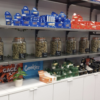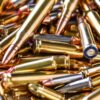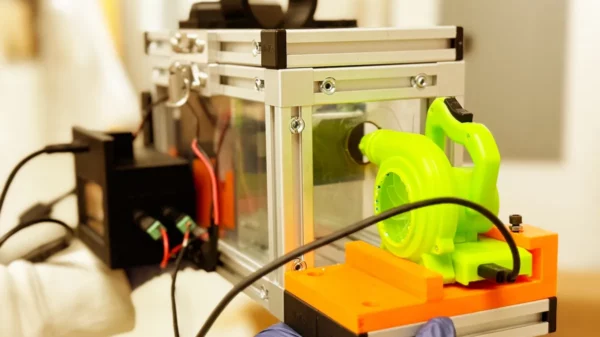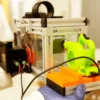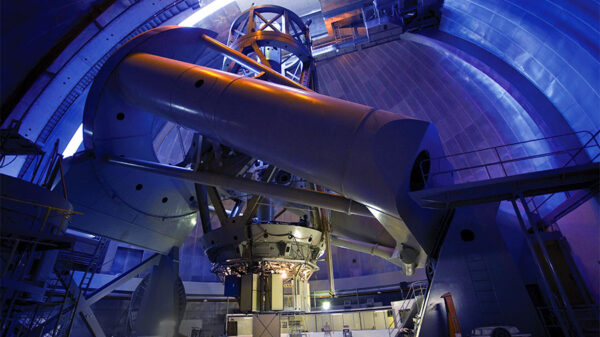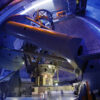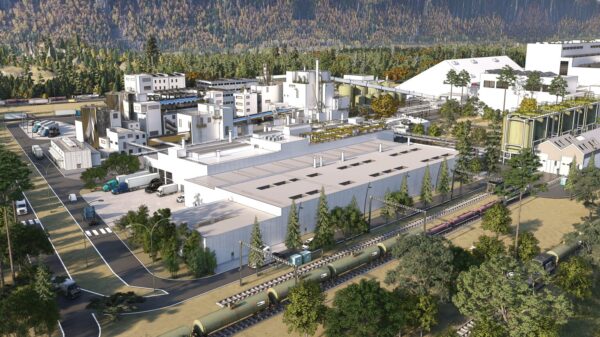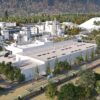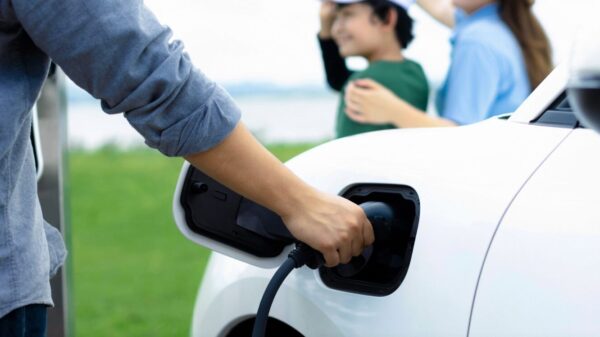A team of engineers at the University of California San Diego have made an innovative discovery that could help facilitate the future production of superior fast-charging batteries.
On Thursday, the institution announced that its researchers have published a paper in the journal Nature Energy entitled: Growing single-crystalline seeds on lithiophobic substrates to enable fast-charging lithium-metal batteries.
Essentially, the researchers replaced the copper typically used on the negative side of a lithium-ion battery with a surface comprised of lithium fluoride and iron, which enabled the growth of high-energy lithium metal crystals needed for a battery that charges much quicker than the average.
Those crystals lack performance-hindering spikes called “dendrites” and the engineers say batteries utilizing them could fully charge in as little as one hour.
Cryo-TEM image of a single crystal of lithium metal that was seeded on the surprising, lithiophoboic nanocomposite surface. This discovery overcomes a common phenomena in lithium-metal batteries in which high-rate charging always leads to porous lithium and short cycle lives. pic.twitter.com/gDBgRGIuMk
— UCSD Engineering (@UCSDJacobs) February 9, 2023
Read more: Thacker Pass court case judge rules in favour of Lithium Americas mine
Read more: University of Sydney creates battery superior to lithium-ion
UC San Diego author Daniel Kane says the new advancement could be beneficial for the production of electric vehicles and other technology. He says today’s lithium-metal batteries need to be charged very slowly over a significant time period.
“The special nanocomposite surface is the discovery,” said UC San Diego nanoengineering professor Ping Liu, senior author of the recently published paper.
“We challenged the traditional notion of what kind of surface is needed to grow lithium crystals. The prevailing wisdom is that lithium grows better on surfaces that it likes, surfaces that are lithiophilic. In this work, we show that is not always true. The substrate we use does not like lithium,” added Liu.
“However, it provides abundant nucleation sites along with fast surface lithium movement. These two factors lead to the growth of these beautiful crystals. This is a nice example of a scientific insight solving a technical problem.”
The first lithium-ion battery was manufactured and sold in Japan in 1991 and they have become the standard for various electronic devices for over three decades.
Read more: Call2Recycle and EVSX partner to improve Ontario’s battery recycling
Read more: GM opens Canada’s first electric vehicle factory in Ontario
The University of Sydney also recently announced a significant accomplishment when a team of researchers there developed a battery made from sodium-sulphur in December.
The “Na-S” battery developed at the Australian institution’s engineering school is said to hold four times the energy capacity of lithium-ion batteries (LIBs) while being cheaper to produce and more environmentally friendly as well.
The manner in which lithium batteries are disposed of varies around the world and the uncontrolled disposal of LIBs and other metals contained therein like nickel, cobalt and manganese creates a major risk to public health and the environment, according to a peer-reviewed 2020 article published in the journal Chemosphere.
“Currently, there are no universal or unified standards for waste disposal of LIBs around the globe,” say the authors of a 2021 journal article published by the Royal Society of Chemistry.
“Each country uses one or a combination of practices such as landfilling, incineration and full or partial recycling depending on the number of batteries leaving the market, current legislation and infrastructures.”
rowan@mugglehead.com





